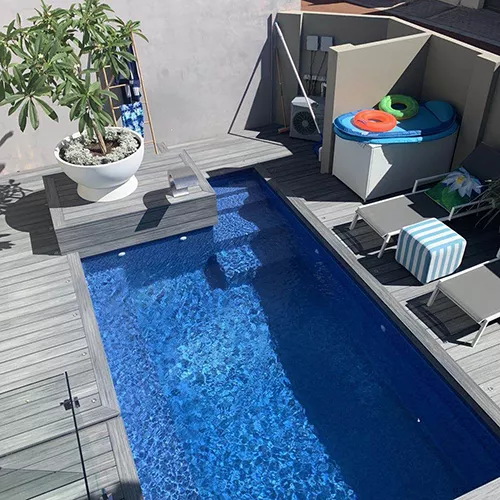What is Wood Plastic Composite Decking?
Composition and Manufacturing Process Ingredients in WPCWood Plastic Composite (WPC) decking combines wood fibers with plastic polymers, creating a material that retains the beauty of natural wood while offering enhanced durability. The wood fibers often come from recycled sources, making WPC an eco-friendly choice. The plastics used can include polyethylene, polypropylene, or PVC, which are typically recycled materials as well. Production TechniquesThe manufacturing process involves mixing the wood fibers and plastic, which is then heated and extruded into planks. This method allows for a consistent product with a variety of textures and finishes. Advanced technologies ensure that the resulting decking is resistant to moisture, insects, and fading. Advantages of WPC Decking Durability and LongevityWPC decking is designed to withstand the elements, making it a long-lasting option for outdoor spaces. It resists warping, splintering, and rotting, unlike traditional wood, which can succumb to weather-related damage over time. This durability makes WPC an excellent investment for homeowners. Low Maintenance NeedsOne of the most significant advantages of WPC decking is its low maintenance requirement. Unlike wood, which needs regular staining, sealing, and painting, WPC only requires occasional cleaning with soap and water to maintain its appearance. This ease of maintenance allows homeowners to enjoy their outdoor spaces without the constant upkeep. Aesthetic Versatility Range of Colors and TexturesWPC decking is available in various colors and textures, allowing homeowners to achieve the desired aesthetic for their outdoor spaces. Whether you prefer the warm tones of cedar or the sleek look of gray, WPC offers the versatility to match any design vision. The natural wood grain patterns enhance the visual appeal while ensuring durability.

